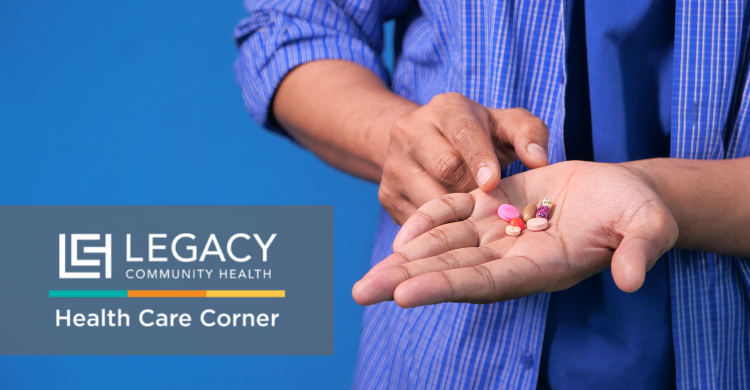Just because your symptoms stopped doesn’t mean you should stop taking the medication.
By Barrett White
Antibiotics are medications utilized to treat bacterial infections by either killing the bacteria or keeping it from reproducing. However, we contain numerous bacteria throughout our bodies and different bacteria are sensitive to different antibacterial drugs.
Antibiotics are a medicine used to treat or prevent infections caused by bacteria. Common examples include strep throat and urinary tract infections.
Antibiotics cannot kill viruses because bacteria and viruses are two separate things and have different ways of surviving and growing in our bodies. Antibiotics cannot attack a virus.
“Taking the entire course of an antibacterial medication is important to ensure that the disease-causing bacteria are killed or unable to reproduce within the patient’s body, allowing the infection to return,” says Ruston Taylor, Senior Director of Pharmacy Services & Outreach. “When antibiotics are removed too early from disease-causing bacteria, the bacteria may start to grow or multiply again, causing the infection to return. The bacteria that regrow will likely be resistant to the antibiotic that was initially taken by the patient. There shouldn’t be any antibacterial medication remaining once a prescribed course is completed.”
However, there are times where an antibiotic regimen must be changed by the prescriber for various reasons (a different bacteria is identified in the patient, the patient has an allergy or intolerance, etc.). This would require another antibiotic prescription to be written. If in this case the original antibiotic cannot be completed by the patient it was prescribed for, then the prescription should be properly discarded – never share with others.
In the US, about 2.8 million infections are caused by antimicrobial resistant infections each year, which results in at least 35,000 deaths annually. “‘Antimicrobial Stewardship’ is a set of coordinated strategies to improve the use of antibiotic medications with the goal of enhancing patient health outcomes, reducing antibiotic resistance, and decreasing unnecessary costs,” Taylor says. “The bottom line is, if we don’t use the antibacterial drugs we have appropriately – which means taking the entire antibiotic prescription – we may not have new antibacterials in the future available to treat antibiotic resistant infections.”
As recommended by the CDC: If there are no special disposal instructions, you can safely dispose of your medication in your household trash by following these four steps:
- Mix your medicine with an inedible substance like dirt, cat litter, or used coffee grounds.
- Put the mixture in a container, such as a sealed plastic bag.
- Throw the container away in your household trash.
- Scratch out all the personal information on the prescription label of your empty medication bottle to make it unreadable. Then dispose or recycle the empty medication bottle.

